
More than four thousand dead and wounded, victims of the Moroccan earthquake. The number may increase amid reports of the disappearance of entire villages.

- Europe and Arabs
- Sunday , 10 September 2023 7:52 AM GMT
Rabat - Brussels: Agencies - Europe and the Arabs
The number of victims of the devastating earthquake that struck Morocco continues to rise, and the number of dead and wounded exceeds more than four thousand people, in light of government statements indicating that villages are fully celebrating as a result of this painful event. At the same time, reactions from various parts of the world continued, which included expressions of solidarity with the people. According to media reports at dawn on Sunday, the death toll from the most violent earthquake of its kind that struck Morocco on Friday night rose to more than two thousand dead, as of 10 pm on Saturday.
The Moroccan Ministry of the Interior said in a statement: “As of 10:00 p.m., the number of deaths caused by the earthquake reached 2,012, and the number of injured is 2,059, 1,404 of whom are in serious condition.”
The majority of deaths were concentrated in the regions of Al Haouz (1,293) and Taroudant (452), the most affected regions, south of Marrakesh.
The two regions include many villages scattered in the heart of the Atlas Mountains, most of which are hard-to-reach areas, and most of the buildings in them do not respect the requirements of earthquake resistance.
On Saturday evening, local channels showed aerial scenes of some villages, most of which were completely demolished from mud houses, in the heights of the mountainous Al-Houz region.
Among the villages that were almost completely destroyed was the village of Tafghagt, located about 50 kilometers from the epicenter of the earthquake, and about 60 kilometers southwest of Marrakesh. Rare are the buildings that still stand on the soil of this mountain village.
The statement indicated that the authorities "continue their efforts to rescue and evacuate the wounded, take care of the injured among the victims, and mobilize all necessary capabilities."
Members of the Royal Armed Forces continued searching to retrieve a body from among the rubble, on Saturday evening, and the villagers were flocking to a cemetery to bury about seventy victims, amidst screams and wailing.
The Moroccan Minister of Justice, Abdellatif Wehbe, said on Saturday that a number of villages located in the vicinity of the epicenter of the earthquake had completely disappeared.
The Moroccan Minister of Justice added, in a telephone interview with Moroccan television, that a number of old neighborhoods, some of which are historic, in the city of Taroudant were severely damaged.
Wehbe pointed out that the authorities are working to shelter residents who are unable to return to their homes in the affected areas, and are seeking to overcome road disruption in the vicinity of Taroudant, and our priority is to provide basic services.
The death toll from the violent earthquake that struck Morocco rose to 2,012 deaths and 2,059 injuries, including 1,404 serious injuries, according to the Moroccan Interior Ministry.
In a related context, the Moroccan King, King Mohammed VI, issued directives to take urgent measures, in response to the state of emergency resulting from the earthquake, including declaring national mourning for 3 days, and forming a ministerial committee to provide assistance in rebuilding destroyed homes.
On February 24, 2004, an earthquake measuring 6.4 degrees on the Richter scale struck Al Hoceima Governorate, 400 km northeast of Rabat, killing 628 people and causing severe material damage.
On February 29, 1960, a 5.7-magnitude earthquake destroyed the city of Agadir, located on the country's western coast, leaving more than 15,000 dead, or a third of the city's population.


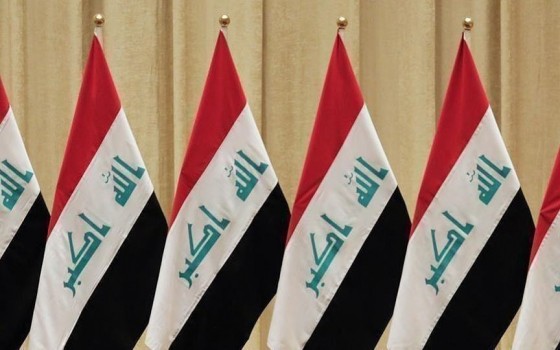
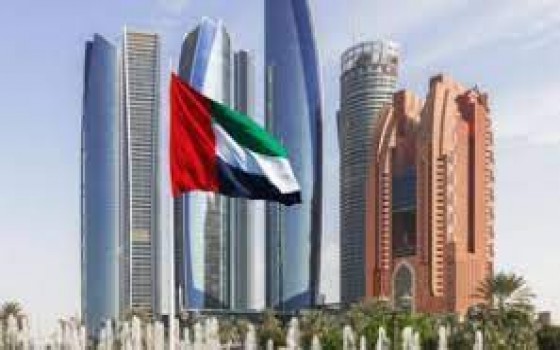

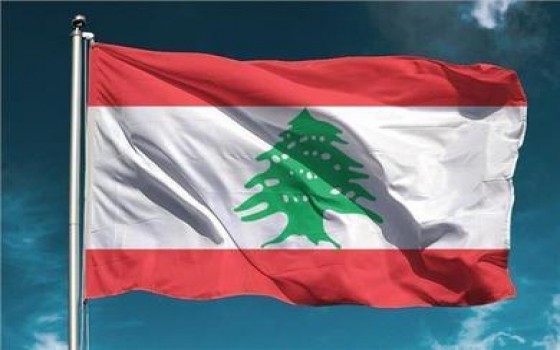




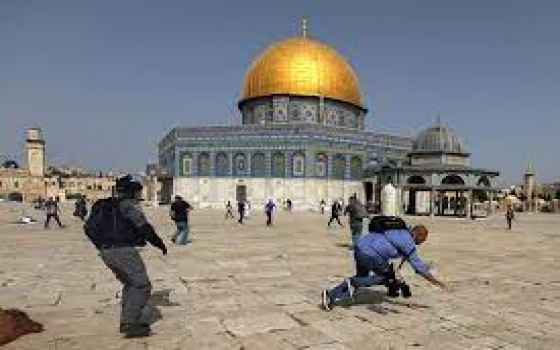
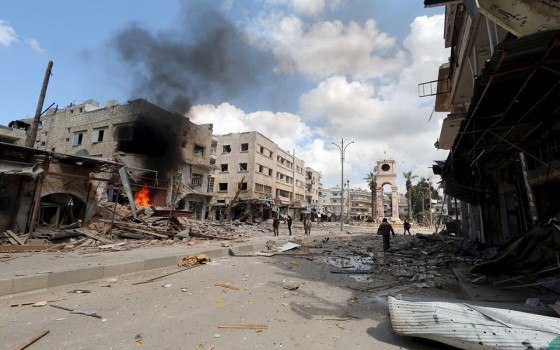
No Comments Found